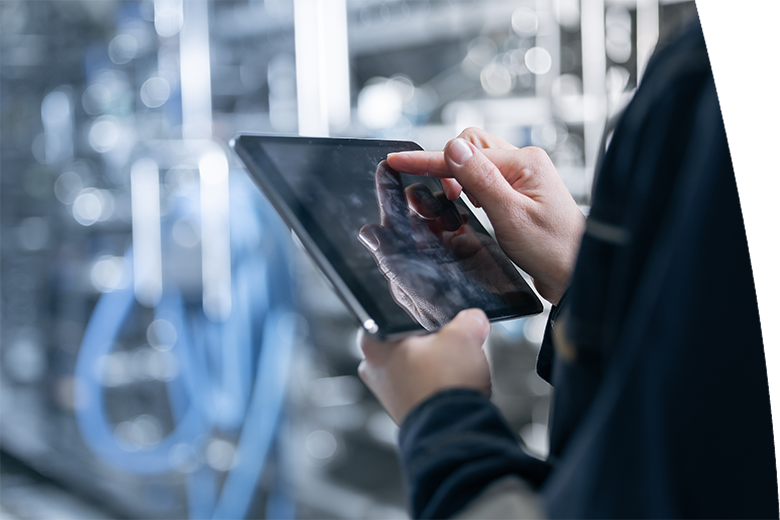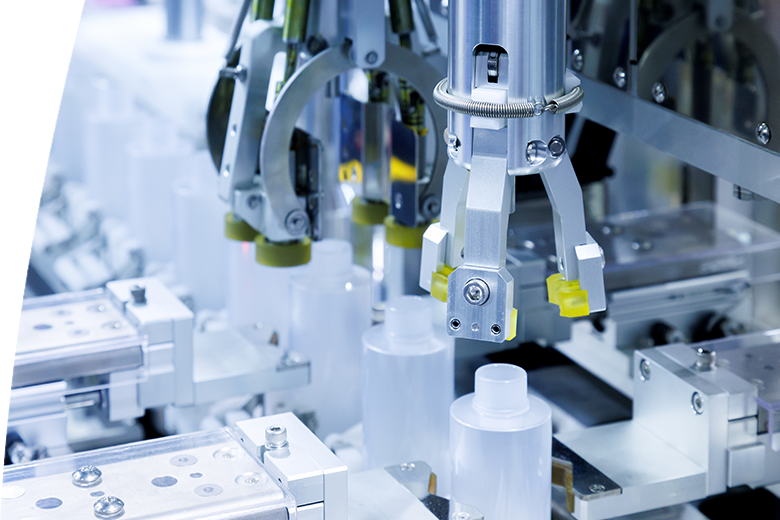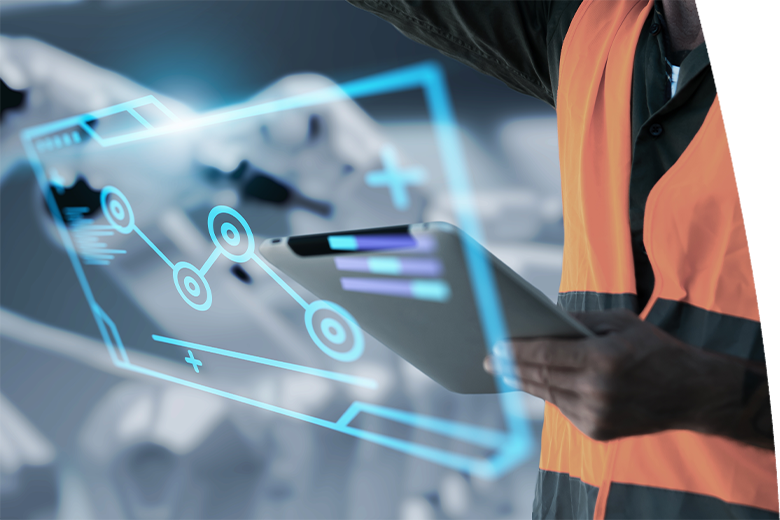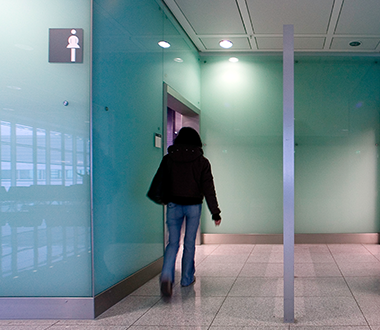Digitization and automation in industry: How to prepare for 2026
Companies that prepare for this change now are going to gain a head start. Those that will wait may quickly lose it.
Why specifically the year 2026
Digitization is no longer just a trend, but part of the competitive battle. The European Union and Slovakia have set the year 2026 as a milestone in the so-called Digital Decade - by this time, a larger share of industry should be digitally interconnected, data utilization should be improved, and processes automated.
At the same time, pressure for efficiency is growing. Lack of workers, rising energy prices, and sustainability requirements are forcing companies to look for solutions that will enable them to produce faster, more accurately, and with fewer losses.
That all exactly is the goal of digitization and automation - to reduce costs, increase accuracy, and make production more resistant to fluctuations.

The digital factory: more than just machines
Digitization is not just about purchasing new technologies. It is about interconnecting people, data, and processes. In a modern "digital factory," everything communicates with each other - from machines to sensors and up to the warehouse. The production manager sees performance in real time, maintenance receives alerts before a failure occurs, and the purchase department knows exactly how much material will be needed in a week.
Such interconnection enables:
- Predictive maintenance - machines themselves report the need for service,
- optimization of production - production lines adjust to current demands,
- reduction of waste and energy consumption,
- better planning and resource management.

However, automation does not mean replacing people. It means eliminating routine, errors, and repetitive tasks so that people can focus on activities with higher added value.
How to prepare already now
Transformations cannot be implemented from one day to another. But it is possible to start immediately. Here are the most important steps each company can take, regardless its size:
1. Perform a digital audit
Map out which processes are already digitized and which are not. Where is data being lost, where is interconnection missing, where does manual error occur? The audit will show you where it is worth starting.
2. Implement data collection and interconnection of systems
No automation can do without data. It is not important to have as much data as possible, but to have the right one and to have it interconnected. If you are currently using several separate software programs, it is time to harmonize them into one ecosystem.
3. Choose a pilot project
Start small, for instance by digitizing one production section or automating a logistics process. The pilot will show you the real benefits and help convince the team and management as well.
4. Invest in people
Technologies alone are not enough. Employees need to understand how the new systems work and sense that they are part of them. Training, internal education, and open communication are key - digital transformation is always a human change as well.
5. Think of cybersecurity
The more interconnected a business is, the more attention needs to be paid to data and systems protection. Strong passwords, encryption, multi-level accesses, and regular updates are just as important nowadays as the technology itself.

Where to gain advantage
Digitization is not just a win through technology, but also approach. Companies that are open to new solutions and experimentation often have lower costs and innovate faster. It is important to be ready to learn, test, and to adapt.
Companies that have linked digitization with sustainability are achieving the following interesting results:
- optimization of energy consumption,
- monitoring of waste and emissions,
- intelligent management of water consumption,
- planning of maintenance that prolongs the life expectancy of devices.
Challenges that should not be underestimated
Each change also comes with obstacles. Most frequently, companies are facing the following three:
1. Finances - investments in automation are higher, but the return on them is usually quick if the project is set up well.
2. People - fear of change or concern about losing the job can hinder progress. Open communication and employee involvement from the very beginning is helpful.
3. Data and infrastructure - out of date systems and incompatible softwares make interconnection more difficult. Here it pays out to gradually switch to open platforms.
The year 2026 is not far away. If a company decides to start today, it has just enough time to transform its production, logistics, and maintenance into a modern, data-driven system.
Digitization and automation are not about the future, they are about surviving competitiveness in the present. And the sooner you start, the easier the journey is going to be.
Interested in more practical hints, inspiration and real-world examples?
Sign up for our newsletter and get new ideas every month on how to improve your business and do it in a more efficient, ecological, and sensible way.Industry undergoes changes faster than ever before. What seemed like a vision of the future just a few years ago - robotic lines, artificial intelligence, real-time data analysis - is becoming an everyday reality.
The year 2026 will be a turning point for many industrial companies. European and also national strategies set ambitious goals: greater rate of automation, digitization of processes, and higher production efficiency.



